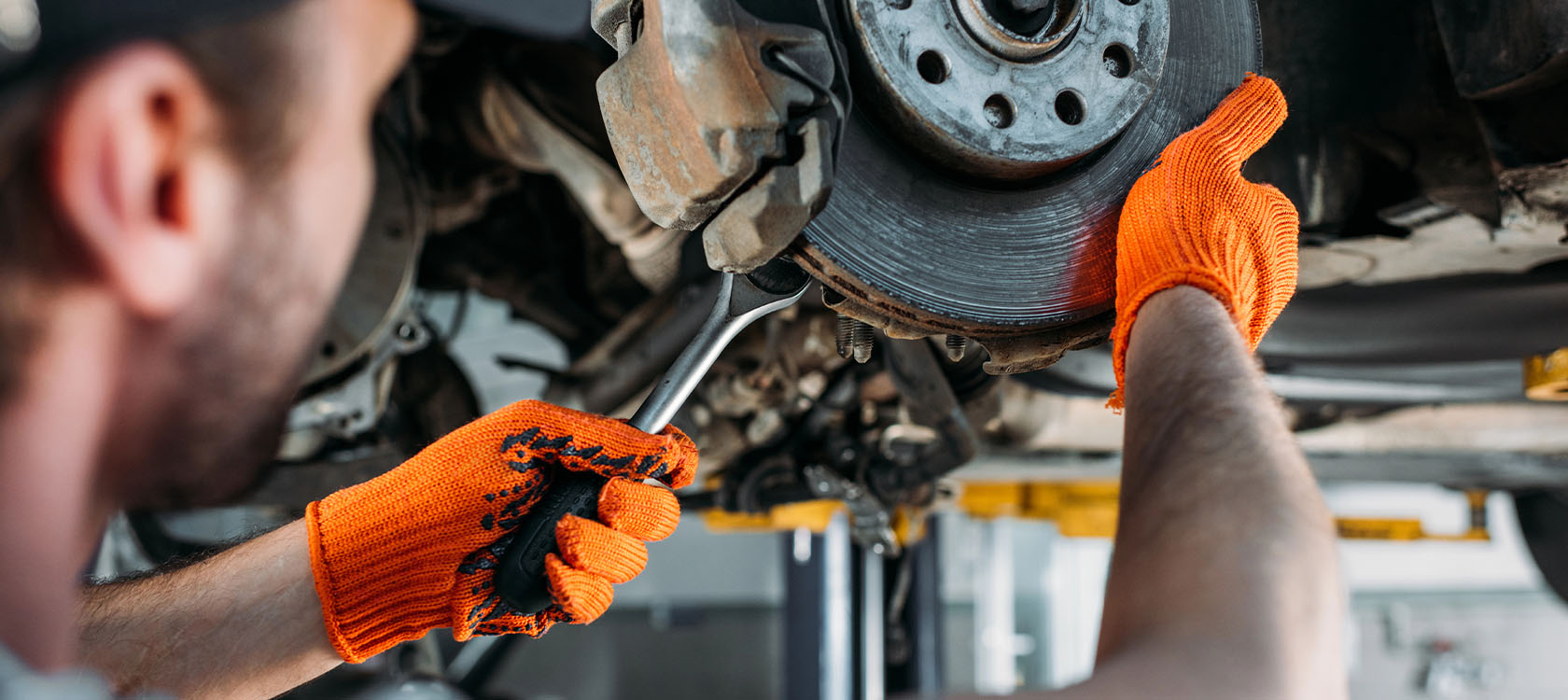Keeping our vehicles safe requires more than just filling the gas tank and changing the oil. One important part of safety that drivers often overlook is wheel alignment. When wheels are not aligned correctly, the whole vehicle can behave unpredictably, which creates risks on the road. At Airdrie Automotive Services, we see how much difference alignment makes in safety and performance. Here is a clear look at why proper alignment matters and how it keeps us safe.
How Alignment Affects Steering Control
Steering is most accurate when wheels point in the correct direction. If alignment is off, even slightly, the vehicle tends to pull to one side. That constant pull forces us to adjust the wheel more often, which increases the chance of oversteering. Uneven steering also makes quick responses harder during sudden stops or lane changes.
Our team often reminds drivers that small corrections add up. Over time, they make driving tiring and unsafe. Keeping alignment in check ensures smooth, predictable handling, especially at highway speeds or in busy city traffic. When steering feels steady, we maintain better control in all conditions.
The Role of Alignment in Tire Wear
Tires are designed to touch the road evenly. If alignment is off, pressure shifts to the inside or outside edges. This uneven pressure wears tires faster, creating bald spots or thin patches that reduce grip. In wet or icy weather, those worn areas make skidding more likely.
We encourage regular alignment checks because new tires alone cannot fix uneven wear. A properly aligned vehicle spreads weight equally, helping tires last longer. Fewer replacements save money, but more importantly, strong tread improves braking distance and stability. For a complete approach to car maintenance in Airdrie, alignment plays a central role.
Braking Performance and Safety
Alignment also influences how brakes respond. When wheels are misaligned, brake force does not spread evenly across all four tires. One wheel may stop sooner than another, which throws the vehicle slightly off balance. On dry pavement this is noticeable, but in rain or snow, it can lead to skidding or longer stopping distances.
Braking systems rely on equal grip from every tire. If alignment is correct, the brakes do their job with maximum efficiency. It reduces stopping distance and helps prevent accidents. We often remind drivers that a braking system is only as strong as the wheels it controls.
Suspension Stress and Long-Term Costs
A vehicle’s suspension is built to absorb shocks evenly. Misaligned wheels create uneven stress on struts, shocks, and bushings. Over time, this shortens their lifespan and leads to costly repairs. What starts as a minor alignment issue can turn into suspension failure if ignored.
We know drivers value reliability. By checking alignment regularly, we protect not only safety but also the suspension system. Balanced stress across all parts means smoother rides, fewer repairs, and less chance of sudden breakdowns on the road. This is why Automotive Repair Airdrie includes alignment as a key service.
Fuel Efficiency and Daily Driving
It might not seem connected, but alignment also affects fuel use. Misaligned wheels create drag, forcing the engine to work harder to push the vehicle forward. Over weeks and months, that drag increases fuel costs significantly.
Drivers who commute daily benefit the most from proper alignment. Not only does it keep the car safe, but it also reduces unnecessary strain on the engine. Less resistance equals better efficiency and lower costs, all while improving overall road safety.
Spotting Signs of Poor Alignment
There are clear warning signs when alignment is off. If the steering wheel vibrates, sits off-center, or requires constant adjustment, alignment may be the cause. Uneven tire wear or squealing tires while turning are other common signs.
We always recommend a professional check if any of these issues appear. The earlier alignment problems are caught, the easier and cheaper they are to fix. Taking action quickly prevents larger safety risks. For any questions or quick appointments, drivers can contact us for support.
Why Regular Checks Matter
Alignment does not stay perfect forever. Potholes, curbs, and even small bumps shift wheel angles over time. Routine inspections keep these small shifts from turning into major problems. We suggest drivers check alignment at least once a year, or sooner if they notice handling changes.
By building alignment into routine care, we keep vehicles safer in the long run. Safe alignment means safe families, smoother commutes, and less stress on our vehicles. Preventive care is always easier than emergency fixes.
Frequently Asked Questions
How often should I get my wheels aligned?
Most vehicles need alignment once a year. However, if you hit a curb or notice uneven steering, it is best to check sooner.
What are the most common signs of poor alignment?
Pulling to one side, uneven tire wear, steering vibration, and squealing tires while turning are the most common signs.
Can alignment issues damage other parts of my car?
Yes, poor alignment puts extra stress on the suspension, steering, and tires, leading to faster wear and more repairs.
Does wheel alignment improve fuel economy?
Correct alignment reduces rolling resistance, which helps the engine use less fuel.
Why is professional alignment better than DIY methods?
Alignment requires precise equipment that measures wheel angles down to millimeters. Professional service ensures accuracy and lasting safety.

